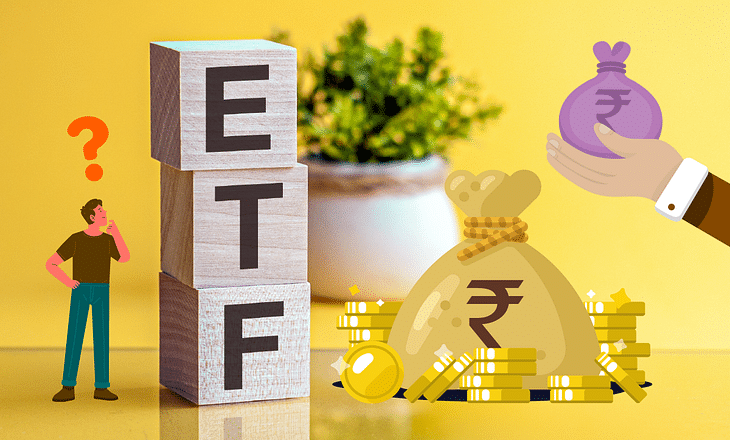Exchange-Traded Funds: What are they?

Exchange-Traded Funds or ETFs are listed and traded on exchanges like stocks. It is a fund that pools the financial resources of several people and uses it to purchase shares, bonds, derivatives, etc. The trading value of an ETF is based on the net asset value (NAV) of the stocks that are present in the fund. Thus, an Exchange-Traded Fund is said to have qualities of both shares and mutual funds.
One of the main benefits of ETF is diversification. When an investor invests in a stock, he does not have a space to limit his risk. If the company fails to perform, the investor will make losses. Now, an ETF helps you to keep your finances spread over the equities of different companies. If one of the stocks performs poorly, other stocks might act to limit the risk exposure by performing well. If other assets perform exceptionally well, an investor would still be earning profits.
Exchange-Traded Funds vs Mutual Funds
| Exchange-Traded Funds | Mutual Funds |
| Market orders can be placed | Market orders cannot be placed |
| Traded intra-day like stocks | Traded at the end of the day |
| Generally, a lower expense ratio than mutual funds | Generally, a higher expense ratio when compared to ETFs |
Common types of ETFs
Gold ETF - Gold is a commodity. This makes the ETF a commodity ETF. A gold ETF is based on gold prices and it invests in gold bullion. Purchasing shares in this ETF makes you a virtual owner of gold.
Equity ETF - As the names suggest, these ETFs invest in the shares of different companies to earn interest and reduce risk exposure.
Currency ETF - The main objective of a currency ETF is to reduce the exposure to foreign exchange (forex) currencies.


Post your comment
No comments to display